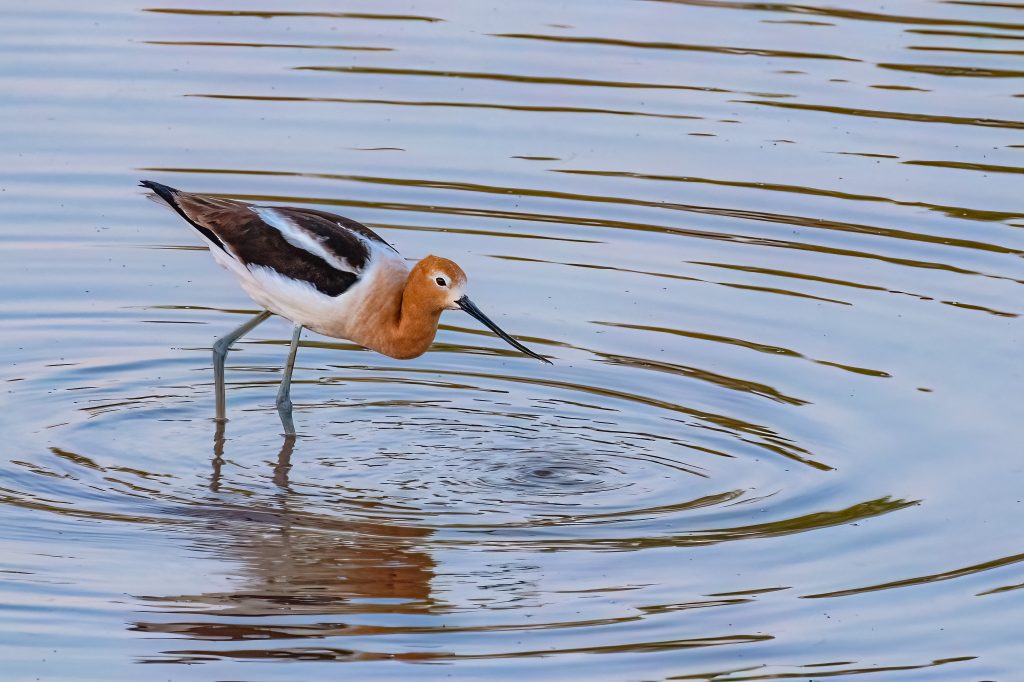
The Virgin River
The Lower Virgin River is one of the last naturally flowing rivers in the southwestern United States, providing essential water resources for both people and nature. Originating in the mountains of southwest Utah, the river flows through portions of the Mojave Desert in Arizona and Nevada and eventually empties into Lake Mead, joining the flow of the Colorado River.
The river supports the water, agriculture, and recreation needs of several communities, including the cities of St. George, Utah and Mesquite, Nevada, both of which have had significant population growth in recent decades. It is the dynamic centerpiece of Zion National Park.
The river and riparian corridor is home for many plant and animal species including several endangered fish and bird species, while the surrounding watershed supports the threatened desert tortoise and many rare and endemic species.
Wildlife
The Virgin River and its watershed serve as an invaluable lifeline to wildlife, nurturing a diverse range of flora and fauna, some of which are unique to this planet.
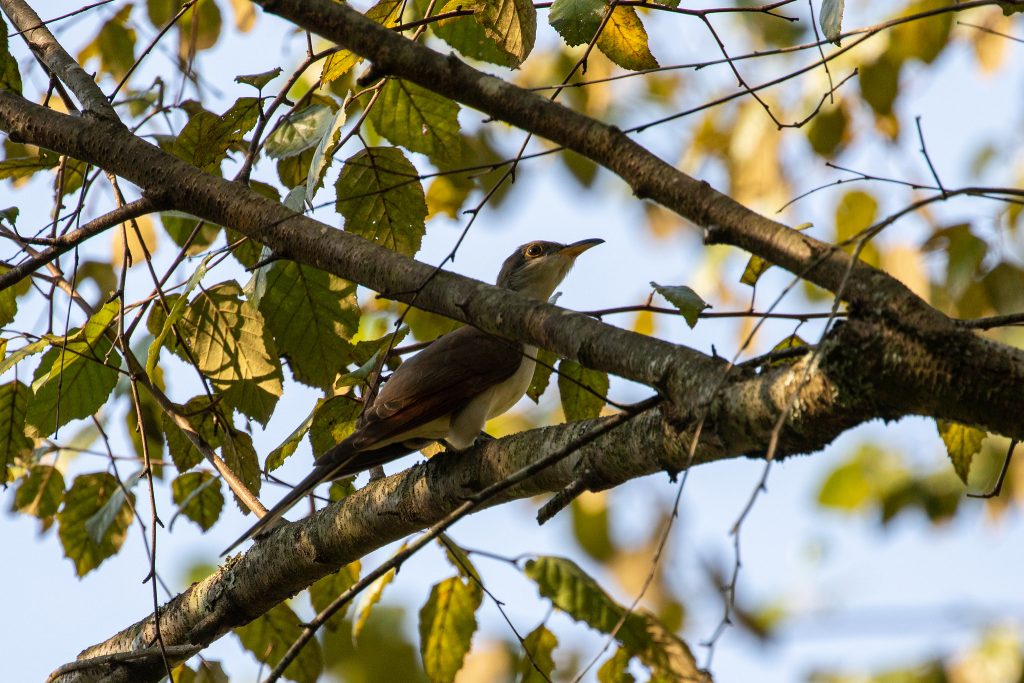
image courtesy of Shawn Taylor-Flickr
Southwestern Willow Flycatcher
The endangered Southwestern Willow Flycatcher (Empidonax traillii extimus) lives in dense riparian habitats along streams and rivers. It breeds in thick patches of trees and shrubs associated with wetlands. Flycatchers migrate to southwestern Utah to breed along the Virgin River between April and August and can be identified by their distinctive “fitz-bew” call.
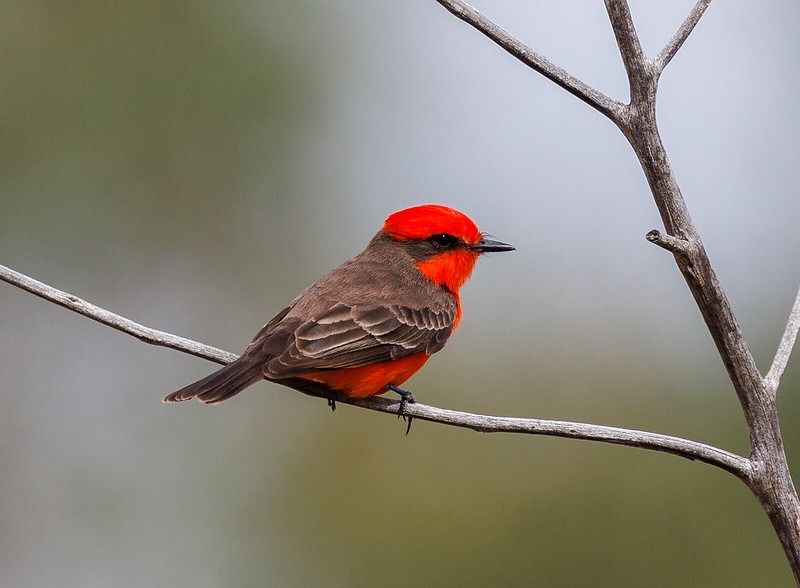
image courtesy of Henry Lakeworth-Flickr
Vermilion Flycatcher
Vermilion flycatchers (Pyrocephalus rubinus) are insect-eating birds, darting out from a perch to snap up flying insects and bees, often near a water source. Desert riparian habitat, consisting of cottonwood, willows and other trees. May also be found in mesquite and catclaw habitats adjacent to irrigated fields, ditches and pastures. Their range includes southwestern deserts and into Mexico. They are known to occur along the Colorado, Virgin and Muddy Rivers in Clark County Nevada.
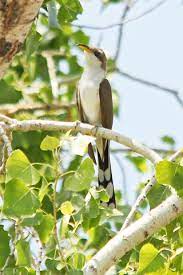
Western Yellow-billed Cuckoo
The western subspecies of the Yellow-billed Cuckoo (Coccyzus americanus occidentalis) is listed as a threatened species under the Endangered Species Act.
This slender, long-tailed bird is rarely observed in southwest Utah, but occasionally individuals are heard or seen during migration along the Beaver Dam Wash and the Virgin and Santa Clara rivers.
They spend the winter in South America moving north in late spring to nest. In the southwestern U.S., these secretive birds feed on caterpillars along desert streams with large cottonwoods and dense understory vegetation.
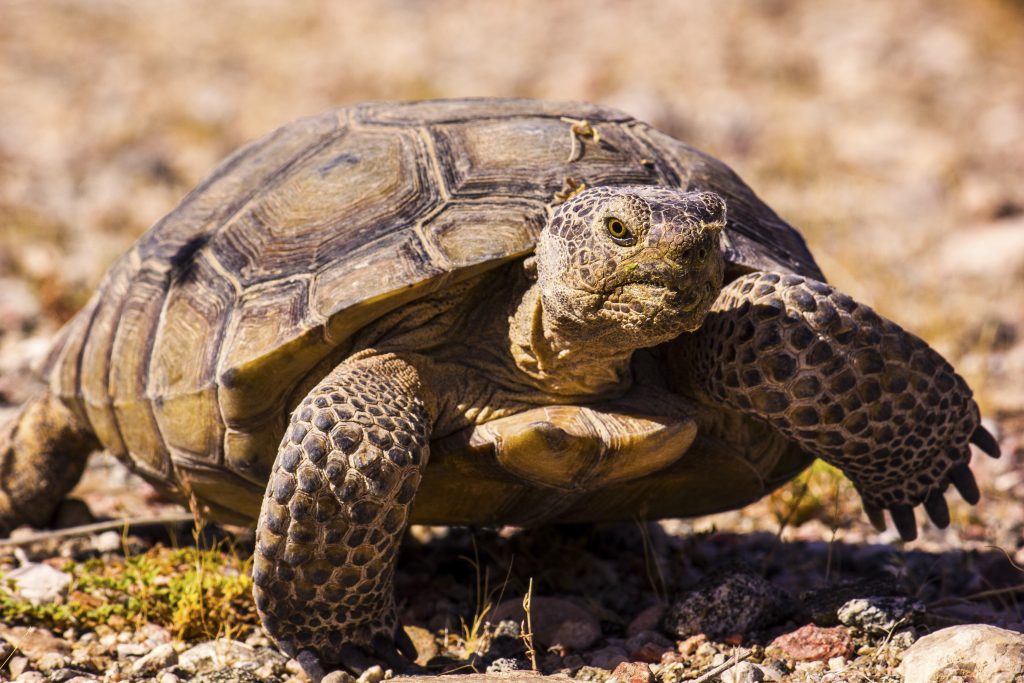
Mojave Desert Tortoise
While clearly not a river dweller, the Mojave Desert Tortoise (Gopherus agassizii) is found throughout much of the Virgin River Watershed. These remarkable reptiles are well-suited to life in the dry desert climate. Protected by law, these animals can live for 50-80 years. Tortoises spend much of their lives in burrows to regulate body temperature and decrease water loss. Tortoises have well-established home ranges where they know where they know where their food, water and mineral resources are.
The Mojave Desert Tortoise is critically endangered, as human populations have encroached on their natural habitat.
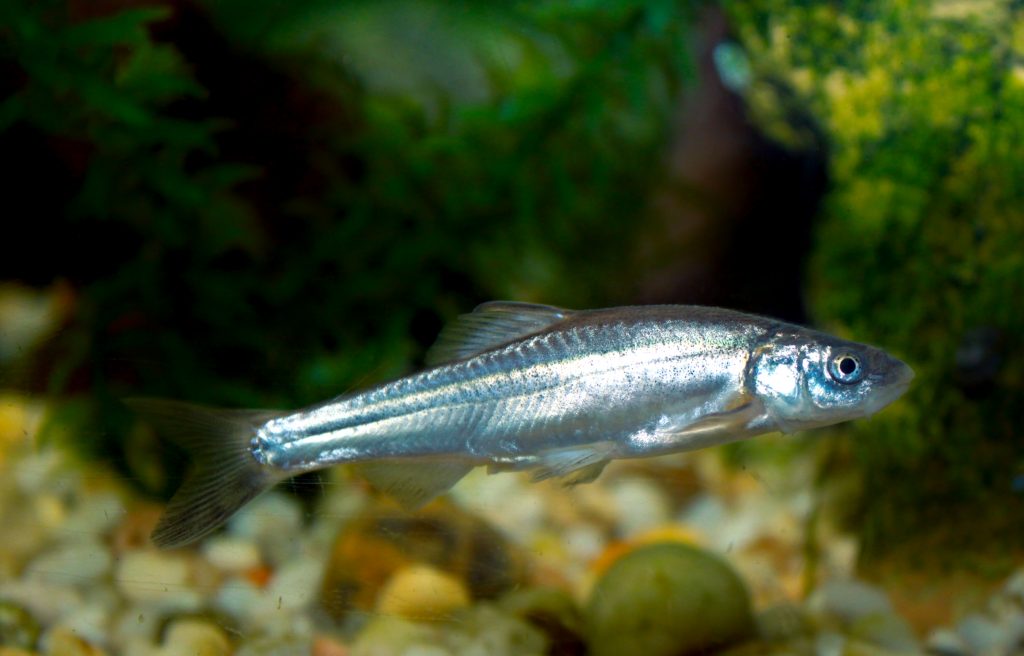
image courtesy of Wikipedia
Woundfin
The endangered Woundfin (Plagopterus argentissimus) is one of the rarest species on earth, only found in a small section of the Virgin River. The small 4″ Woundfin have large fins and scale-less, streamlined bodies to help them survive in swift, silty conditions. Most Woundfin in the Virgin River do not live beyond two years. The hot summer months resulting in diminished river flows are particularly hard on this species.
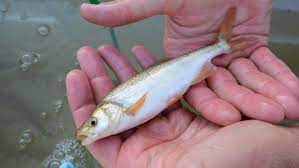
Virgin River Chub
Rare and beautiful, the Virgin River Chub (Gila seminuda) is the top native predator in the Virgin River. It is a fast, streamlined fish with a sloped forehead, humped back, and thin rounded tail. The Virgin River Chub can grow to a length of 18″. During spawning season, males display bright orange coloring on their fins and bellies. This endangered species is found only in the Lower Virgin River system.

Desert Bighorn Sheep
The Desert Bighorn Sheep (Ovis canadensis nelsoni) can be found within the Lower Virgin River Watershed, as their range stretches over much of the Southwestern United States. They are named for their large, curved horns prominent on rams (males), but ewes (females) also have horns, although theirs are shorter and straighter. Bighorn sheep have hair rather than wool, like their domestic cousins, but are susceptible to certain diseases that also affect domestic sheep. They are well adapted to harsh country, and able to survive on browse and desert grasses, while their surefootedness allows them to navigate the rough, rocky terrain typical of the area. Bighorn Sheep are often depicted in ancient petroglyphs within the watershed, having been hunted for food by early humans residing there.

Banded Gila Monster
The Banded Gila Monster (Heloderma suspectum cinctum) is one of only two venomous lizards in North America. It has a distinctive black-and-orange pattern on its thick skin that warns predators of its toxicity. It can grow up to two feet long and weigh up to five pounds. Gila monsters have a powerful bite that can inject venom into its prey,which includes small mammals, birds, and reptiles. They are mostly active at night or during cooler parts of the day, and spend most of their time hiding under rocks or in burrows.
Gila monsters are protected by state law in Nevada, and cannot be collected or killed without a permit.